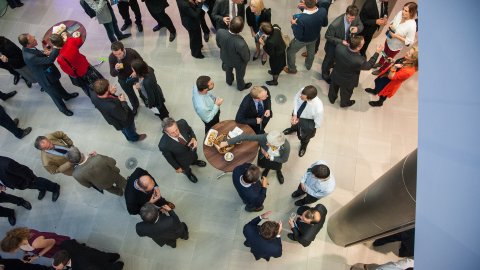Sunday 9th March (Week 8), 15:45-18:00, Iffley Road Sports Centre.
This year, for the first time in ages, lifesaving will be holding a cuppers event. Compete against other colleges/departments to be crowned the cuppers champions 2025. Compete in teams of four in three events: a swim and tow relay, a line throw relay and an obstacle relay. We'll teach all of the skills needed so everyone* is welcome. No lifesaving experience necessary.
15:00
Cohomology of subgroups of SL2
Abstract
Given an FP-infinity subgroup G of SL(2,C), we are interested in the asymptotic behavior of the cohomology of G with coefficients in an irreducible complex representation V of SL(2,C). We prove that, as the dimension of V grows, the dimensions of these cohomology groups approximate the L2-Betti numbers of G. We make no further assumptions on G, extending a previous result of W. Fu. This yields a new method to compute those Betti numbers for finitely generated hyperbolic 3-manifold groups. We will give a brief idea of the proof, whose main tool is a completion of the universal enveloping algebra of the p-adic Lie algebra sl(2, Zp).
Oxford Mathematics Public Lecture - Wednesday 19 February 2025, 5-6 pm L1
Wound healing is a highly conserved process required for survival of an animal after tissue damage. Tannie will describe how we are beginning to use a combination of mathematics, physics and biology to disentangle some of the organising principles behind the complex orchestrated dynamics that lead to wound healing.


